Average Order Value (AOV): What Is It and How To Optimize It For eCommerce?
What metrics do you often look at to analyze your Shopify store’s performance? High traffic? A reasonable conversion rate? But perhaps you forget about another important metric: The Average Order Value.
By calculating the average order value, you have the ability to forecast sale numbers and revenue, which leads to better inventory management, and most importantly, better business decision making. With just some small changes in the business model, you can positively impact your order value and overall store’s performance.
However, not many business owners have looked at the average order value when viewing their store’s statistics or overvalue the metric when neglecting its shortcomings. This article can be the light beam you need to understand Average Order Value in its true nature and see how to optimize this metric for more profit and better investment decisions.
Let’s begin here by first understanding exactly what the average order value is.
What is the Average Order Value (AOV)?

Average Order Value, or AOV, is an eCommerce metric that measures the average gross revenue of every order placed with your brand over a defined period. Increasing average order value often puts more revenue in your bottom line and can make customers feel more valued.
AOV is one of the key metrics for eCommerce stores to be aware of, driving important business decisions such as product pricing, advertising spend, promotion campaigns, and store layout. Many eCommerce platforms, such as Shopify or BigCommerce, include this metric in their analysis panel for users, suggesting that business owners should often take a look at this statistic.
Many small brands look at the return on ad spend as the primary metric of efficient revenue generation - and invest high percentages of the overall budget in the paid acquisition.
For some brands, this makes sense. After all, you don’t have many customers initially, so you need to acquire them. So paid acquisition can be considered a valuable lever, though an organic acquisition investment is more recommended.
If you, however, already have more than 1,000 customers for your business, it’s time to focus and invest more in increasing your average order value. Why? Let’s see the answer in the next section.
Why is the Average Order Value important?
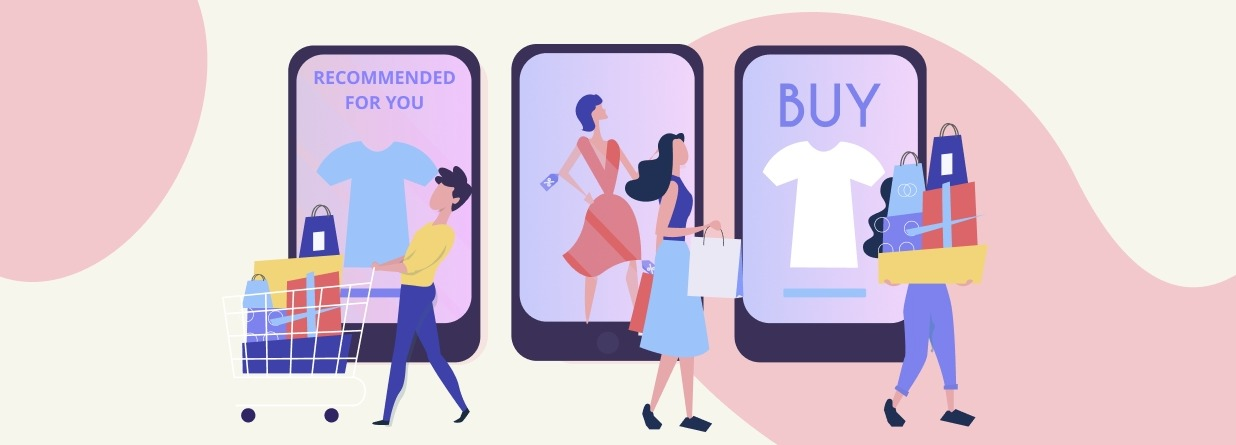
As a benchmark to analyze customer behavior, the AOV metric helps you set strategies and goals, then evaluate how well your strategies are working.
Also, knowing your store’s average order value helps you evaluate the overall pricing strategy and online marketing efforts by giving you the statistics needed to measure the long-term or short-term value of an individual customer.
Often, marketers focus much of their effort on increasing traffic to an eCommerce website when it would be more impactful – and profitable – if they increase the AOV. Increasing traffic often costs more money, while increasing AOV requires only in-house changes.
Since every business needs to deal with a transaction cost for each order, increasing AOV is a way to increase direct revenue and gain more profits, as the customer is already purchasing from your store, just now more.
Four aspects of your business that the Average Order Value can impact are:
-
Buying trends: From AOV, you can see in which period of time or season resonates with your high-value customers, then understand your audience and optimize your campaigns. For example, during Valentine, if you see a decrease in AOV, you can see where the problem is? Maybe it is the pricing strategy or the campaign’s message, but you know there is something to look at.
-
Conversion cost: If you have a low AOV but a high conversion cost, you are losing money to acquire low-value customers. Your AOV should be at least 2x higher than the customer acquisition cost.
-
Pricing strategy: Raising your prices can actually increase your AOV, depending on your business’s position in the market. Vice versa, you can adjust your price based on the AOV.
-
Ad costs: If you spend a lot of money on ads to acquire traffic but still have a low AOV, you are again spending too much for low-value customers. You should focus on gaining more high-valued customers, as 20% of your buyers can yearn 80% of your profit.
How to calculate the Average Order Value?
Let’s do the math. To calculate your company’s average order value, you simply need to divide your revenue by the number of orders.

For example, in February, your Shopify store’s sales were $40,000, and you received a total of 1,000 orders. Then your Average Order Value would be $40,000 divided by 1,000 = $40. So your February average order value was $40.
Next, to determine the goal increase for AOV and potential revenue addition by increasing your AOV: You need to estimate the amount of the desired AOV increase and multiply it by the number of average monthly orders.
From our example above, if you want your customers to spend $20 more for the desired AOV of $60 and the number of orders still remains 1,000, then you would gain $20,000 more if you hit the goal AOV.
An increase in spending by just $10 per consumer with your brand for 1,000 existing customers would mean an additional $10,000 in the company’s revenue. Incredible, huh?
By looking at the average order value and other related statistics, online business owners can understand their customers’ purchasing habits and develop the appropriate strategies.
You can track AOV for any period of time, but most companies or eCommerce platforms monitor it by the monthly average.
Average Order Value statistics
To understand if your AOV is blazing ahead or your industry’s competitors or falling behind, this section will give you all the statistics you need to determine. Here are the must-known Average Order Value Benchmarks (taken from research by Grow Code):
Average Order Value by industry
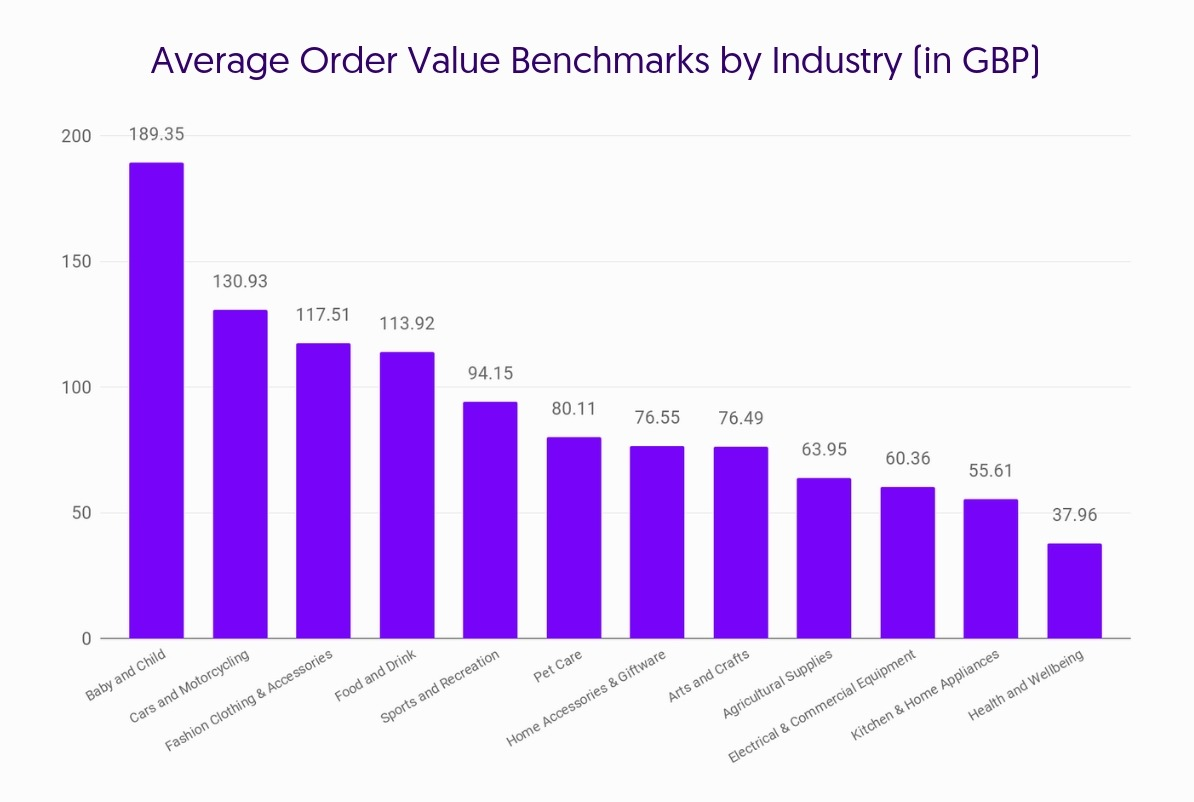
Industry-specific statistics are powerful reference-points for your own store’s performance. You can see that the Baby and Child industry has the highest average order value in the picture. This is easy to understand since parents are often willing to pay more for their children to have the best products.
One surprising statistic for me was the Health and Being industry having the lowest AOV. Considering the movement in home workout during the last year, I expected a higher AOV. Perhaps this statistic does not represent the whole picture. If you know what is going on with the AOV for the Health and Wellbeing industry, share them in the comment.
Overall, you can see where your Shopify is performing with AOV compared to the industry’s standard. You don’t need to immediately try to increase your AOV if it is under the industry’s statistics, the stat is just for reference.
Average Order Value by channel
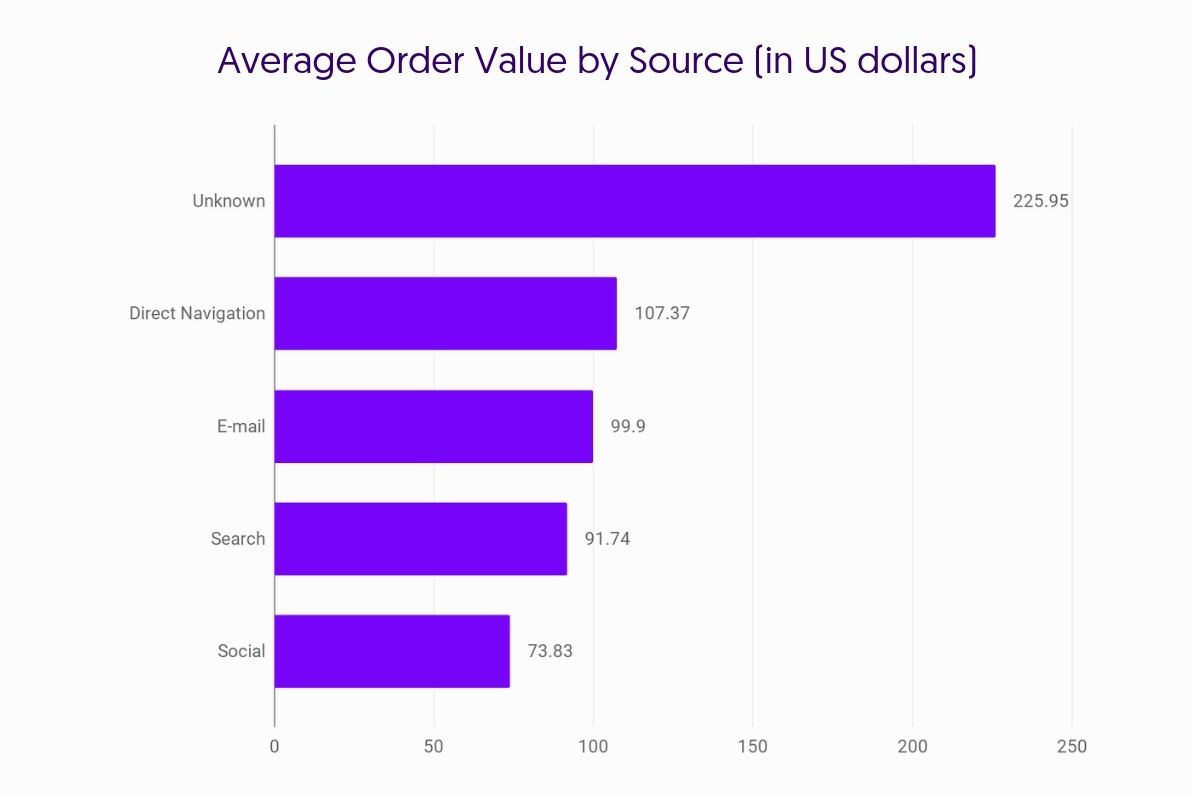
When retailers separate average order values by channel, they can see which traffic source drives the highest revenue. This helps store owners do two things. First, you can allocate further resources to the top-performing channels. Second, you can formulate more accurate KPIs based on channels, with specific goals for each individual source.
But I wouldn’t break a sweat over this statistic if I were you, since the highest source for average order value is unknown. If you can break down your channels better, you certainly will have a better strategy for your Shopify store.
Average Order Value by device

One of the significant challenges awaiting eCommerce businesses is the growing use of mobile phones for buying online. Yet, the average order values of mobile remain comparatively low. There is a significant opportunity for you to boost metrics like average order value and conversion rates on mobile devices since nearly half of eCommerce sales nowadays are from mobiles.
Average Order Value by platform

Desktop still leads the way by when it comes to average order values for a specific device, with Windows computers being the highest of all. This is easy to understand since Windows is still the most popular platform for desktops in the world. However, if you feel like you can increase your AOV if you improve the browsing experience on certain platforms, go for it.
In eCommerce, it is all about trial and error before finding the sweet spot to earn the best profit, same for the average order value.
What is a good Average Order Value?
The million-dollar question that you are probably t is: “What is a good average order value?”. And the same old answer would be: It depends.
Every answer would be different since the average statistics above can only act as loose-preference points. Your KPIs and goals will depend on your business, your industry, and your strategy for the future.
However, there are some points to keep in mind when considering your store’s AOV:
-
Be aware of anomalies: Some stories or apps may cite abnormally high metrics, including the average order value, to show that their service works. It is important to be aware that an individual store or even a big company doesn’t set the overall benchmark.
-
Be aware of industries and devices: As mentioned above, an excellent AOV for some other company can be very different from your store. But you still should have your own KPIs across channels and devices to understand your customers’ purchasing behavior.
-
Be aware of seasons: The average order value can be higher or lower depending on certain times of the year, so you should take that into consideration when analyzing your AOV.
Assuming that your AOV is within a reasonable spectrum given your industry standards (and not exceptionally lower), it is safe to say that you are in good shape.
Then, a good Average Order Value is simply which is better than that of your previous time, whether last month or last year.
A quick note when viewing Average Order Value
When it comes to measures of a business’ statistics, no measure of a set is the best, but using only one metric is certainly the worst. Looking at the average order value will only give you a part of the picture of your customer’s purchasing behavior. If you want to increase the value of your order, you should consider all three measures of a system called “central tendency”:
-
Mean: the average value of all orders (or AOV)
-
Mode: the most frequently occurring order value
-
Median: the middle value of all orders

Here’s a practical example with a demo store, provided by Shopify. Above, you can see a histogram of order frequency, along with the mean, mode, and median calculated.
Notice that the mean (or average order value) of $24 is much higher than the mode (most frequently occurring order value) of $15. There are a few other high orders that skew up the average.
In this case, if the store owner wants to develop strategies that impact AOV, his/her best approach is not considering the $24 orders but rather trying to move the number of mode orders up. For this demo store, the most common orders are for $15.
So as you think about strategies to affect the overall AOV, you should begin by understanding your orders and what upsells strategy might be appropriate.
All of this is to say: the average order value is important to track but you shouldn’t treat it as the only metric of your business performance. That would be misleading just like counting calories for the purpose of a healthier, longer life. You have good calories (avocado), and not so good(white sugar), so it’s better for your health to cut down on the not-good calories and have more good ones.
You can also look at your central tendency chart as a starting point for your efforts to increase the overall revenue. With that in mind, let’s see the best tactics to optimize the average order value for your eCommerce store.
How to optimize the Average Order Value
By now, it’s clear that the Average Order Value is an essential metric for your Shopify store. In this section, we will answer the lingering question: “How do you convince customers to spend more with your store, again, and again?”.
There are a number of tactics that may increase your AOV, and they are different ways to get your buyers to spend more, either by buying more expensive items than they had originally intended or by buying more products than they had first intended.
Optimizing your AOV can happen across all steps of your sales funnel. You can nudge your buyers to purchase additional related products to what their shopping cart has, perhaps the ones that are often forgotten, like a light bulb for a lamp, or batteries for an electronic device. Alternatively, you could suggest a more expensive, perhaps even a best-seller.
You can also get a customer to spend more through savvy merchandising methods – putting a bundle of products in front of them and displaying them in a way that motivates more purchase – or by direct incentives like free shipping.
A great idea before implementing these tactics is to segment out your customers into multiple groups (small vs. big spenders, high and low-frequency shoppers) depending on their purchase history and have different offers for each group. For example, if you want to increase your high-frequency shoppers’ average order value, offer them a loyalty program.
Alright, enough of preparing, let’s see the following useful tactics to optimize your Average Order Value:
Bundling products or services
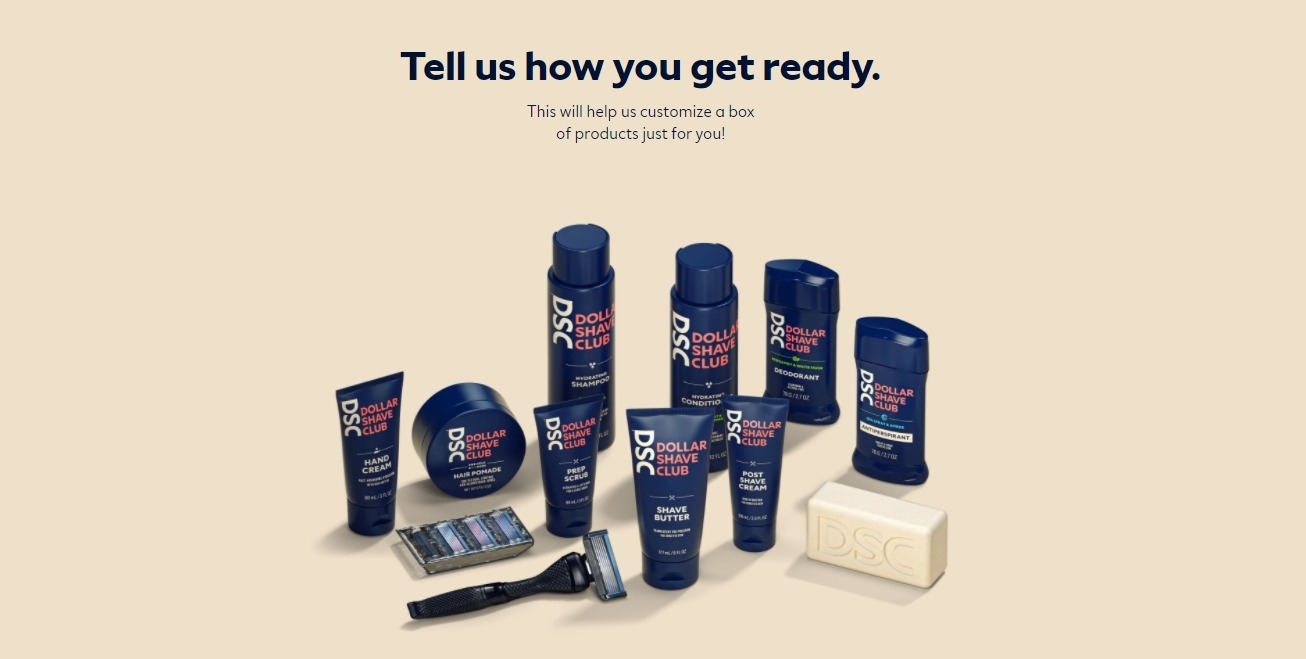
Bundling products help push customers to have a higher average order value, while at the same time giving consumers better value for their money. You can try creating bundles that have a lower price than if the same items were bought individually.
One excellent approach to bundling products is to offer a package of items that create an all-in-one solution for one desired experience. When buying in bundles, consumers not only get a complete benefit for a lower cost but also receive a good value. This makes it more simple for buyers to get everything they need in one purchase while eliminating the need for further research.
You can also empower customers and let them build their own bundles by offering custom products or packages. The buyers would have the freedom to pick bundles based on their taste and preferences.
One master in product bundling is Dollar Shave Club. They ask customers about their grooming needs and offer customized boxes of products, which are sent to buyers’ doorsteps automatically every month. Users would therefore never forget anything necessary for their beards while having the best price and convenience.
Upselling and cross-selling additional products
Cross-selling and upselling products is an easy way to get more complementary goods into your customer’s basket. Most eCommerce platforms like Shopify and BigCommerce offer this feature on product pages so you can set up which items to cross-sell or upsell.
Like their cousin, bundling, cross-selling and upselling are all about convincing customers to buy complementary or an upgraded version of the products they already wanted to purchase.
Cross-selling is the method of showcasing products that complement the main product that a customer wants to purchase. For example, if your consumer has a pair of shoes in his/her cart, you can recommend an exercise outfit that pairs with it.
On the other hand, upselling is the method of showcasing similar - but more valuable - items to buyers considering a specific purchase. Smartphones are a prime example of this: A customer can choose an entry-level smartphone with only 32GB of storage, but an option with 64GB of storage can be placed on the same page and advertised as an upgrade version for just a few bucks more.
Some tips for upsell and cross-sell are:
-
Offering low value upsell can increase the chance of a purchase: If someone is about to buy a $50 item, it is hard to convince them to add another $50 product, but it is much easier to make them add a $15 product that complements their purchase.
-
Recommend upsell products like a friend would: Your upsell should be helpful and genuine, like how a friend might suggest with a sincere heart. Instead of simply upselling other popular items from your online store, hand-pick products that go perfectly with the item in the buyer’s cart
-
Test with post-purchase upsells and cross-sell: If you are worried about affecting the conversion rate when bundling complementary products, a better way to test is by including post-purchase upsell or cross-sell. You can create an automated email campaign that sends upsell offers after a certain number of days from the purchase with AVADA Email Marketing.
Adding a free shipping threshold
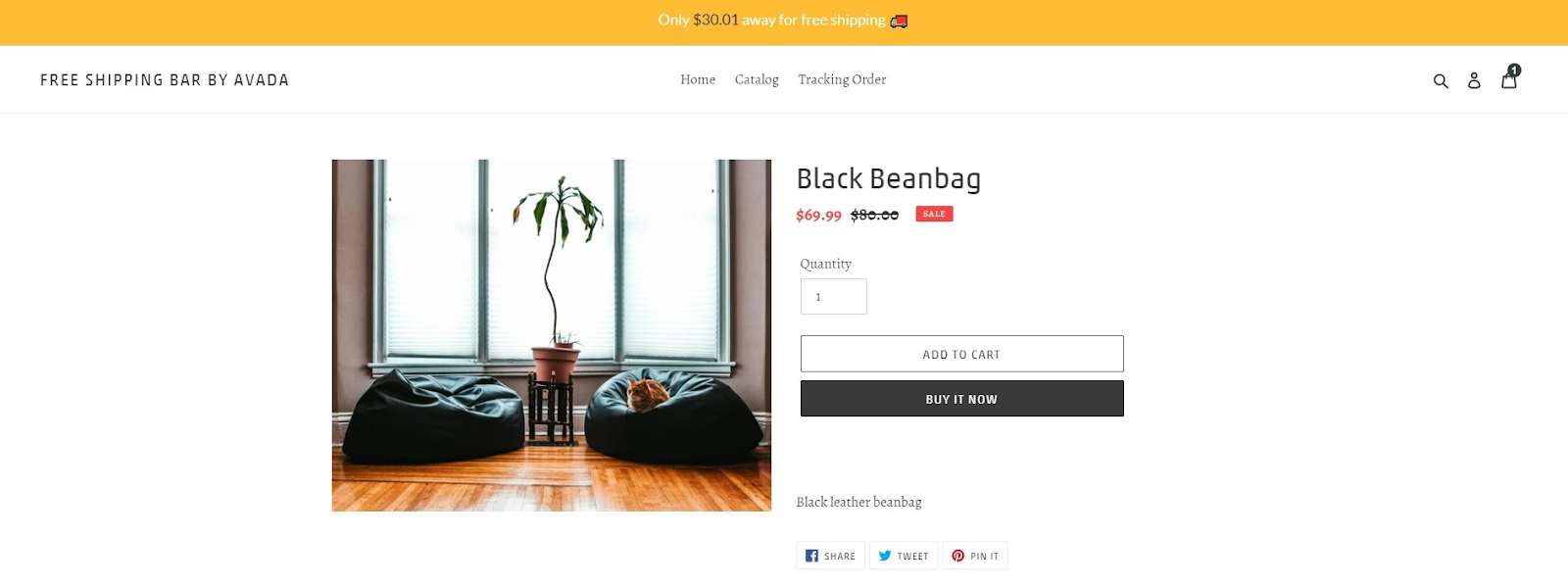
“Orders $50 more to get free shipping”. Free shipping is a concept that your store can use to increase the average order value and make shipment easier for yourself.
Many eCommerce sites notify how much a customer needs to spend to have free shipping. But for a better result, you should tell customers exactly how much more they should spend to not miss out on free shipping. This way, it is easier to convert your visitors who are on the edge of purchasing and increase AOV. Chances are if you tell someone to Spend $5 more for free shipping, they will spend even more than that.
A convenient app for this tactic is AVADA Free Shipping Bar - which lets you customize a free shipping message that automatically changes based on the total cart of the customers. Not only that, but the app also lets buyers track the order delivery status in real-time and notify buyers of all delivery updates through emails.
It is recommended to set your free shipping threshold about 30% higher than your AOV. The target is to make free shipping feel achievable for most customers, hence increasing your total revenues. If you set the threshold too high, it can risk getting more abandoned carts.
Applying a discount on minimum order values
This is pretty much the same idea as the free shipping threshold, but with a discount or a coupon for the minimum order values instead. You can implement this tactic right on each product page, offering a discount on recurring orders and hitting a higher lifetime value.
Use sitewide and in-cart messaging to inform about discount thresholds to convince shoppers to add more items to their cart and “unlock” the offer. Try showing something on your product page like, “You’re only $10 away to save $50 on your cart!” to start.
If relevant, you can show relevant products to cross-sell and bundle items as well. Think of showing a pair of earrings for a dress and show a message like “Add this item and save 15%: $16!”
Rewarding loyal customers
If your store sells consumable products, consider setting up a loyalty or rewards program. A customer loyalty program is an efficient retention strategy that helps you create relationships with customers, encouraging them to return and purchase again. Over time, these loyal customers will be your big spenders with a high average order value.
You can create a loyalty program that automatically rewards customers with points or discount codes when they reach a milestone or perform a specific action. For example, A customer can earn 50 points when they subscribe to your email newsletter.
It’s important to make your loyalty program evolve with your customers’ preferences. During a global pandemic and an uncertain future for the economy, it may not be appropriate to reward buyers with unnecessary gifts for spending a lot. You can create a cashback program that lets customers save more for every purchase they make.
When there is a suitable incentive for customers to earn points with your loyalty program, you are likely to see your average order value increase.
Including limited edition items
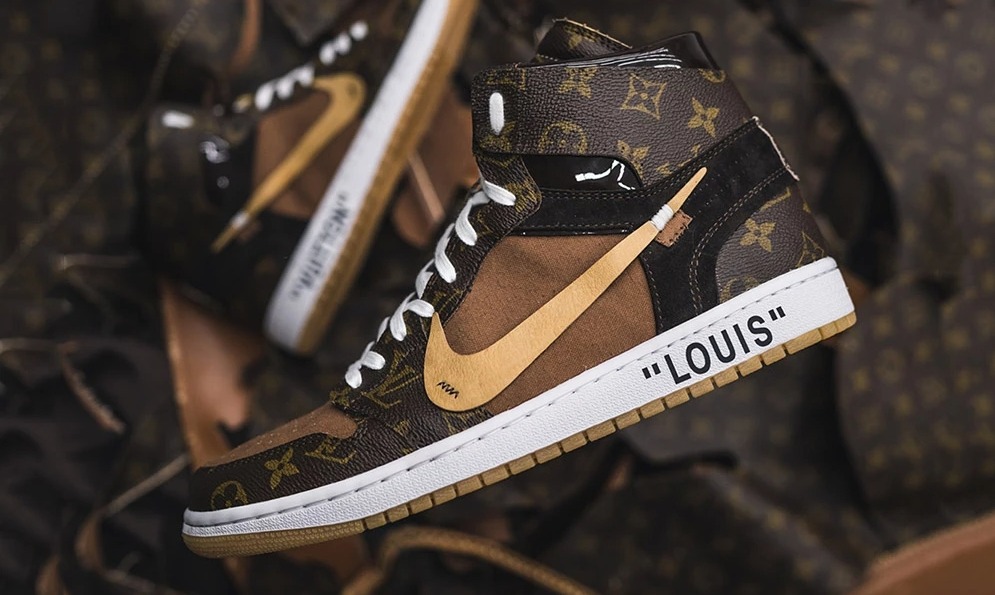
This strategy helps increase your AOV and helps to push your business toward becoming a more luxury brand, where you sell products for value rather than just revenue. Limited edition items are also a great strategy to differentiate your website from your Amazon channel.
The goal here is to offer limited edition products to earn new customers and increase retention rate and brand loyalty from your current customers. All of these factors contribute to the increase of AOV.
Also, only the loyal and interested customers would be more willing to buy your limited edition items. So you can create a list of high-value customers after, which is a stone that hits two birds.
Provide live chat support
Nowadays, it is common knowledge that businesses with live chat staff sell more, from 10-15% more per cart. Being available through live chat helps you answer customers’ questions immediately, which means a greater potential for more sales and fewer abandoned carts.
Also, this is the direct channel to talk with your highest-intent buyers. You will chat with visitors who came to your site to buy or browse intentionally. These only need specific questions answered to gain enough confidence and hit the Buy button.
Live chat is especially useful for high-pricing products, which may require more handholding and support to reach the checkout line. With live chat, you can create a connection, foster a personal conversation, and encourage repeat purchases.
Creating a better customer experience
But live chat support is only a small part of your customer experience.
On a whole, if you can optimize your customer’s shopping experience, they are more likely to browse your site more and naturally increase their average order value because of more engagement. They will have more opportunities to be exposed to your offers and products - potentially leading to making additional purchases.
If navigating your site is frustrating, chances are your visitors will leave in a heartbeat. While they might still put up with your website long enough to make a necessary purchase, they probably don’t make too many additional purchases throughout their lifespan with your brand.
Plus, a personalized experience has become a common demand for consumers. They wouldn’t even purchase from a brand that can’t tailor the site to their personal interests.
The good news is that you have many tools and AI-powered software to personalize your Shopify store’s experience and also let you analyze data. You will be able to personalize the browsing experience for each shopper and draw visitors towards the checkout page.
Conclusion
If you want to build a healthy business model and improve your bottom line, you need to analyze the Average Order Value for your Shopify store. By optimizing the AOV, you improve the shopping experience for high-intent visitors - who already have a shopping intent or even some items in their carts.
After all, the higher your AOV is, the more revenue you are earning from each customer. Then your business can offer a better exchange of value - the higher spend customers get the higher value.
Do you think you know the AOV for your store? Have you applied AOV to analyzing your business performance? Share your experience with AOV in the comments; I would love to know!
New Posts







